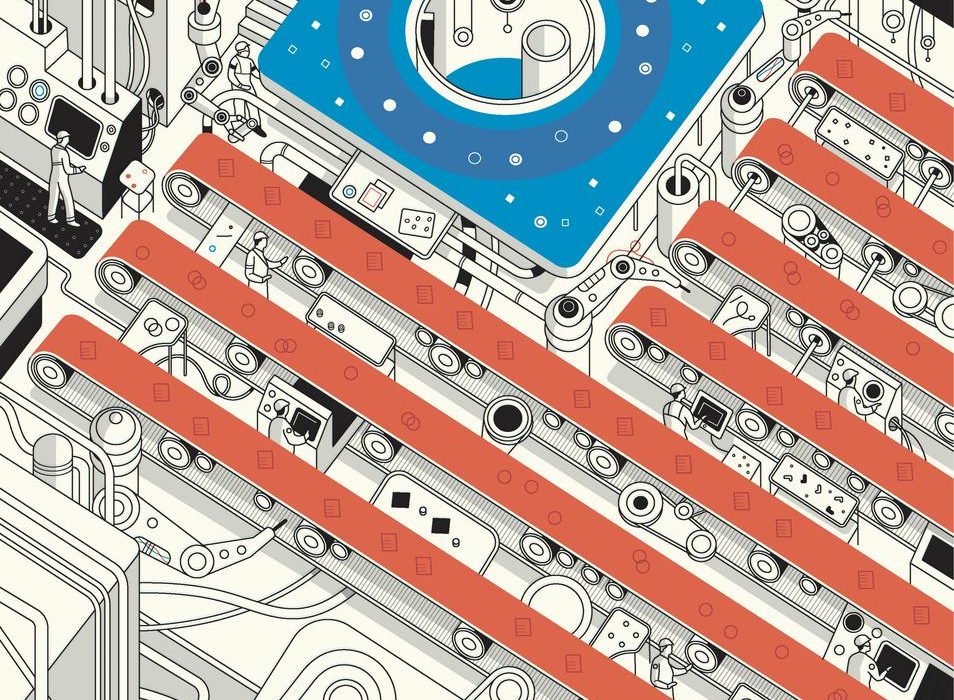After a long decline, manufacturing is returning to the U.S. Now it may be time for U.S. policy makers to give it an extra boost.
The U.S. shed 5.7 million manufacturing jobs from 2000 to 2010—more than a third of the manufacturing workforce—as companies abandoned plants and workers in favor of low-cost foreign countries. But in recent years, manufacturing employment has grown slightly as the auto industry rebounded and domestic plants became more cost-competitive with those of other countries where manufacturing expenses have escalated because of higher wages.
Now researchers, politicians and business leaders are coming forward with strategies to accelerate job gains and investment in manufacturing.
Reviving the manufacturing sector won’t be easy—but, these advocates argue, it’s crucial. Manufacturing is one of the best generators of wealth for an economy, requiring processes, materials and work skills that create employment and profits at each step in an assembly. Countries that don’t make anything eventually start to lose their edge in research and product development.
“Manufacturing and design drive each other,” says Steven Schmid, an aerospace and mechanical engineering professor at the University of Notre Dame. “If you lose one, you’ll lose the other, too.”
Bucks County, Pennsylvania has focused on maintaining and strengthening its manufacturing base, and its community college has played a big part. In 2013 the county began to reshape our economic-development approach.
They encouraged cooperation among our economic-development agencies, the Workforce Development Board, and Bucks County Community College. They identified an acute need for qualified workers to fill positions in manufacturing.
Among Bucks County’s more than 20,000 businesses, manufacturing companies have the highest average wage at $59,679. After assessing skill shortages in metalworking occupations, they created a consortium of manufacturing firms to develop a curriculum. Their buy-in was crucial in securing a commitment to hire people who completed the training programs they helped design.
See full WSJ article & image credit.
See WSJ op-ed on the role of community colleges in revitalizing manufacturing.

